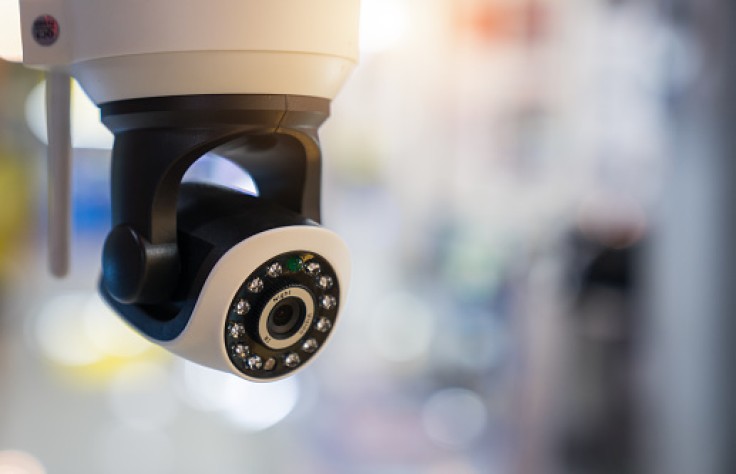Security cameras are meant to keep houses and other locations safe by visual feeds as needed but as technology progresses, so do exploits that can be executed by threat actors. A team of researchers found a potential security risk that allows them to spy on the feeds of several modern camera models.

EM Eye
Companies are well aware that hackers can tap into one's camera feed with the right skills, so they created ways to protect users from bad actors by developing more secure digital interfaces. Unfortunately, a new effective method has emerged that has nothing to do with digital hacks.
Researchers from Northeastern University managed to capture the video feed from several camera models by using a radio antenna to pick up electromagnetic radiation, which is emitted by wires that are on the other side of the wall.
Calling the technique EM Eye, it allows the wires to serve as radio transmitters that can leak the camera's video feed. The signal still needs to be decoded, but once that's done, anyone who uses the method can produce a real-time video, as reported by Interesting Engineering.
Depending on the camera model, the EM Eye method can work between one foot to 16 feet away from the targeted device. What more frightening is that it can also be used to tap into smartphone cameras other than dashcams and security cameras.
The outcome of the stolen video feed may come out distorted due to signal loss when there are disruptions during the transmission, but the researchers found that using machine learning will solve that issue as it enhances the quality of the video.
A directional antenna can also be used to avoid or filter out certain noise that can distort the signal the user intends to capture. This method eliminates the need to hack into Wi-Fi networks or cloud storage where the video feeds are stored.
It's also concerning since it does not leave any trace of spying or hacking, unlike other methods. That means that you won't even be able to detect suspicious activity when the hack is being conducted, or even long after it was already done.
How to Avoid This from Happening to You
There's not much a consumer can do aside from shielding their wires in a way where a radio antenna cannot pick up on its signals. Encrypting the video data could also help to prevent these attacks from happening, as suggested by the researchers.
The responsibility falls into the hands of manufacturers. Now that the exploit has been revealed to be possible, companies will have to rethink how their cameras are designed and manufactured to prevent this from happening.
EM Eye is not even limited to cameras. It can also tap into other forms of video data such as screens from smart devices or monitors, which can prove to be more dangerous as it can reveal sensitive or private data to threat actors who use the same method to spy on devices.









